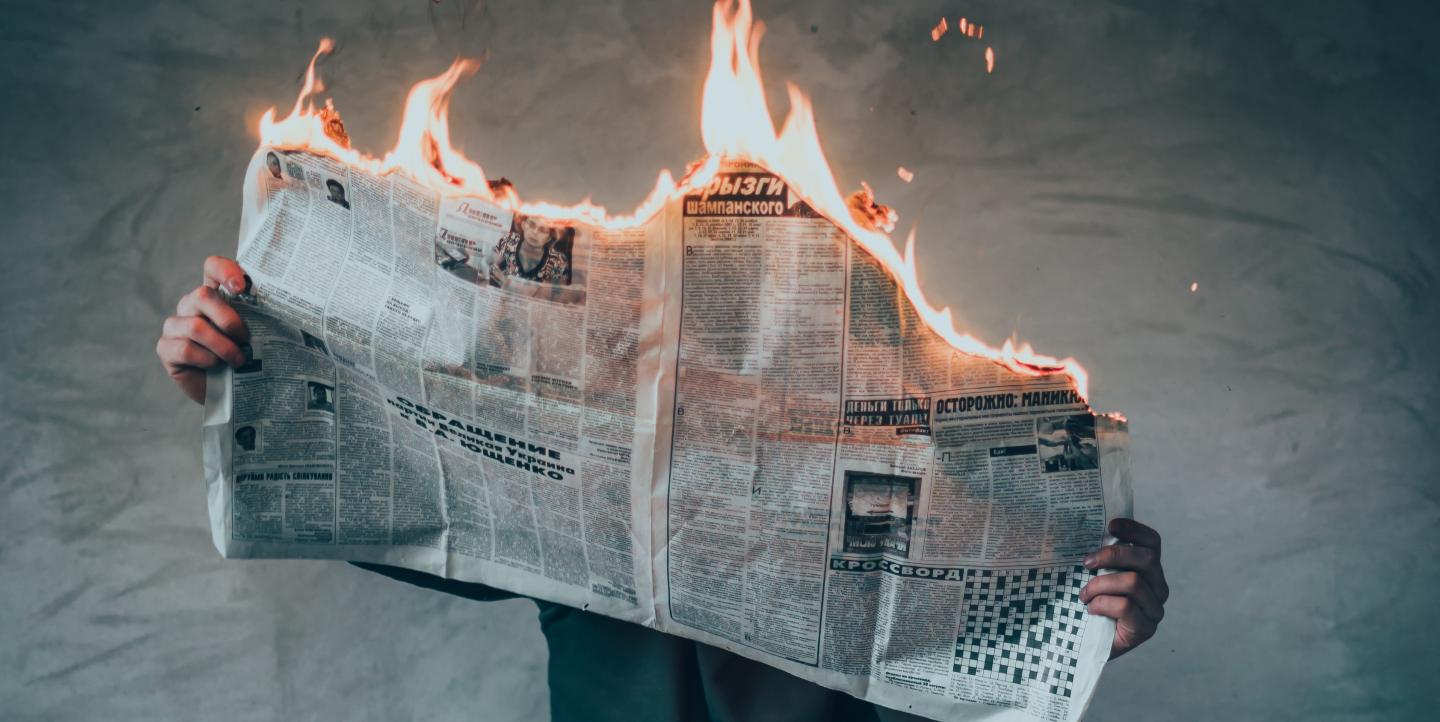While the concept of ‘disinformation wars’ dates back to ancient Rome, the 21st century has seen information weaponized on an unprecedented scale. A new resource published by the International Center for Journalists (ICFJ) – "A short guide to the history of ‘fake news’ and disinformation" – plots the current crisis on an international timeline, highlighting historic moments stretching from Cleopatra to Cambridge Analytica.
New technologies make it easier than ever to manipulate and fabricate content — and social networks dramatically amplify falsehoods peddled by anti-democratic governments, populist politicians and dishonest corporate entities. Malicious actors and state propagandists can use ‘computational propaganda,’ ‘sock-puppet networks,’ ‘troll armies’ and technology that can seamlessly manipulate audio and video to impersonate legitimate sources. Then, there are the profiteers making a living from creating fraudulent content for viral distribution on social media. Combined, these developments present an unprecedented threat that turns journalists and their work into targets.
The emerging ‘information arms race’ is a big story. But it is important for journalists to understand the historical context behind the 21st century phenomenon of ‘information disorder.’ We encourage anyone who uses the learning module to enhance this timeline with examples from their own country’s history, adding new entries as the crisis – and defensive responses to it – evolve.
The guide includes examples of best practices, suggested exercises, readings and assignments to help strengthen understanding and aid nuanced reporting on ‘fake news.’ It is designed as a learning module for journalists, journalism trainers and educators, and can be used in news organizations, media development courses and journalism schools. We hope it will also be a valuable resource for teachers of media literacy and communications researchers – as well as an informative read for anyone interested in the evolution of the disinformation crisis now threatening open societies around the world.
The guide is free to download and use under Creative Commons Attribution-ShareAlike 4.0 International (CC BY-SA 4.0)
About the authors
Julie Posetti is Senior Research Fellow at the Reuters Institute for the Study of Journalism at the University of Oxford, where she leads the Journalism Innovation Project. She is author of Protecting Journalism Sources in the Digital Age and co-editor of the forthcoming UNESCO handbook: Journalism, ‘Fake News’ and Disinformation. You can follow her on Twitter @JuliePosetti
Alice Matthews is a news and current affairs journalist at the Australian Broadcasting Corporation (ABC) in Sydney. Follow her on Twitter at @AlicekMatthews
Main image CC-licensed by Unsplash via Elijah O'Donell.

